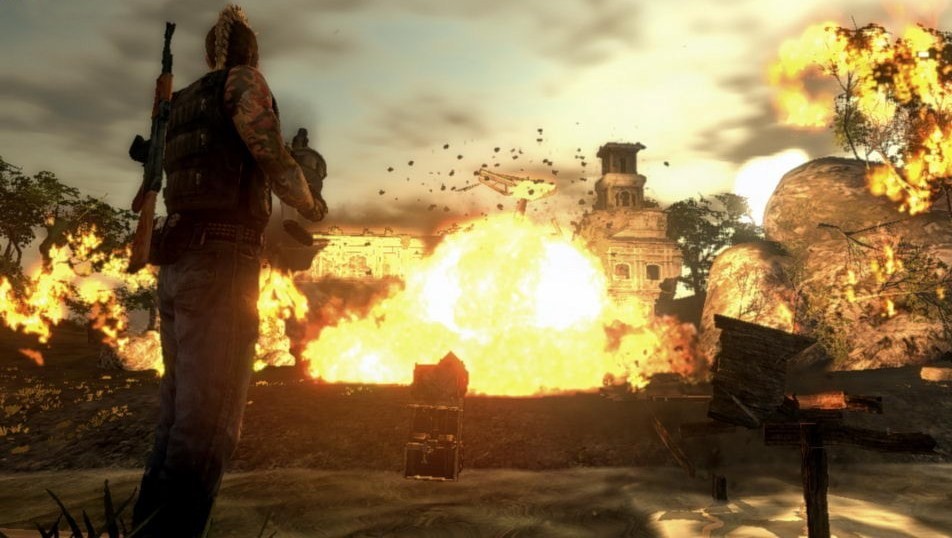The gaming industry is a dynamic and ever-evolving landscape, characterized by rapid growth, innovation, and occasionally, unforeseen downturns. The boom and bust cycles in gaming are not unfamiliar phenomena, and navigating this explosive world requires a keen understanding of the industry’s trends, challenges, and opportunities سایت انفجار. In this blog, we’ll explore the factors contributing to the boom and bust cycles in gaming and discuss strategies for individuals and businesses to navigate these fluctuations successfully.
The Boom:
- Technological Advancements: The gaming industry is heavily influenced by technological advancements. The introduction of new hardware, graphics capabilities, and immersive technologies like virtual reality often leads to a surge in interest and investment.
- Cultural Impact: The integration of gaming into mainstream culture has contributed significantly to industry growth. Esports, streaming platforms, and gaming influencers have elevated the status of gaming, attracting a broader audience and driving revenues.
- Pandemic Effect: The COVID-19 pandemic accelerated the growth of the gaming industry as people sought entertainment and social connections in the virtual world during lockdowns. The surge in demand for video games, consoles, and online gaming services resulted in unprecedented sales and engagement.
The Bust:
- Saturation and Oversaturation: The rapid influx of new games and developers can lead to oversaturation of the market, making it challenging for individual titles to stand out. This oversaturation can lead to a decline in overall sales and profitability.
- Technological Stagnation: In contrast to booms, periods of technological stagnation or a lack of significant innovation can contribute to a gaming bust. If the industry fails to keep up with evolving technologies, consumer interest may wane.
- Economic Downturn: Economic factors, such as recessions or financial crises, can impact consumer spending on non-essential items like video games. During economic downturns, gaming companies may experience a decline in sales and face challenges in sustaining growth.
Navigating the Explosive World:
- Diversification: For game developers and businesses, diversification is key. Instead of relying solely on one type of game or platform, diversifying the portfolio can help mitigate risks associated with market fluctuations.
- Adaptability and Innovation: Staying ahead of the curve requires constant innovation. Game developers should embrace new technologies, explore emerging trends, and adapt their strategies to meet the evolving demands of the market.
- Community Engagement: Building and maintaining a strong community around a game or brand can provide stability during turbulent times. Engaging with the player base through social media, forums, and events fosters loyalty and helps weather downturns more effectively.
- Global Perspective: The gaming industry is global, and understanding diverse markets can be crucial. Expanding into new regions and catering to a diverse audience can help mitigate risks associated with regional economic fluctuations.
Conclusion:
The boom and bust cycles in the gaming industry are inevitable, but with careful planning, adaptability, and a focus on innovation, businesses and individuals can navigate these fluctuations successfully.
